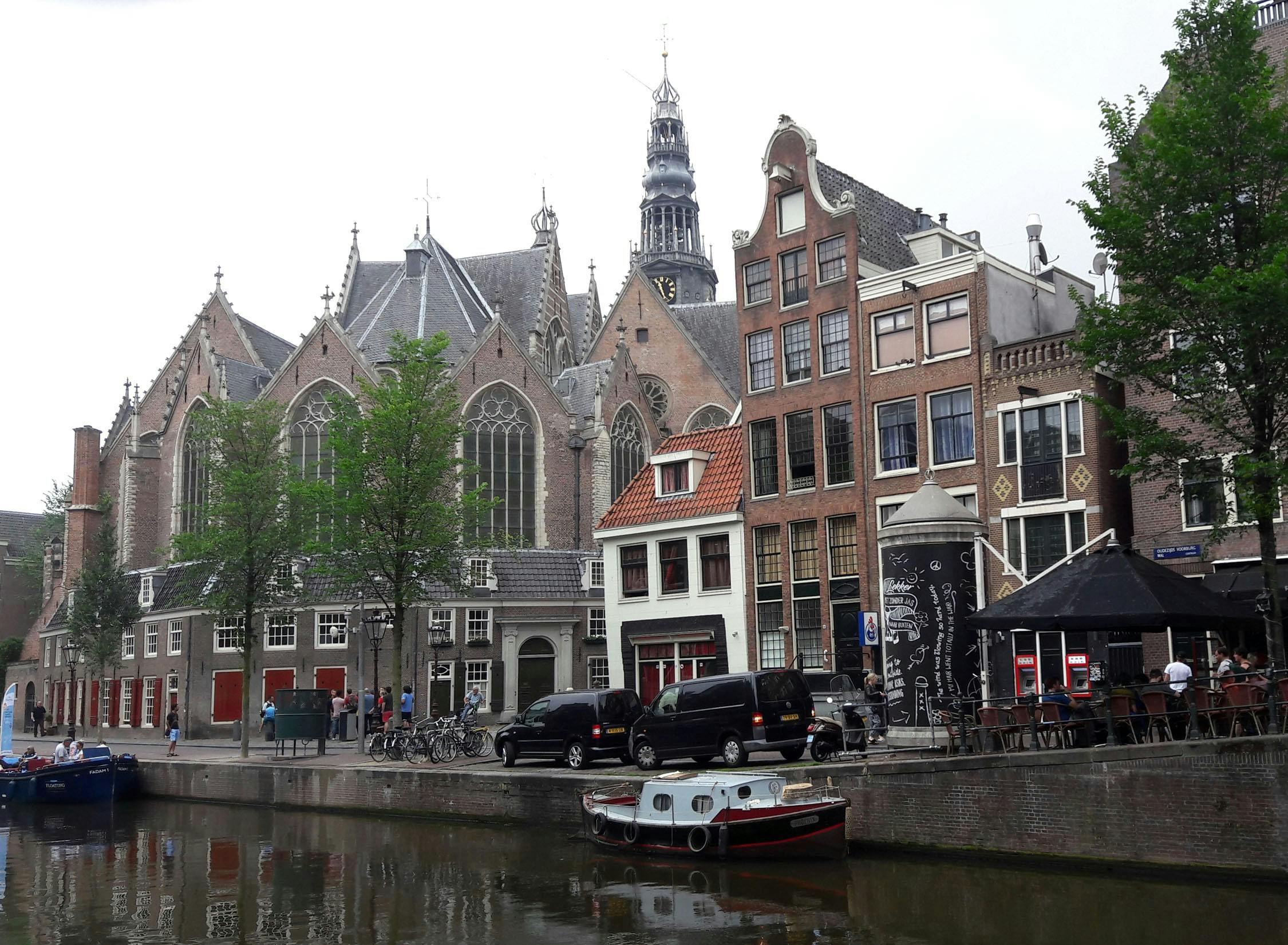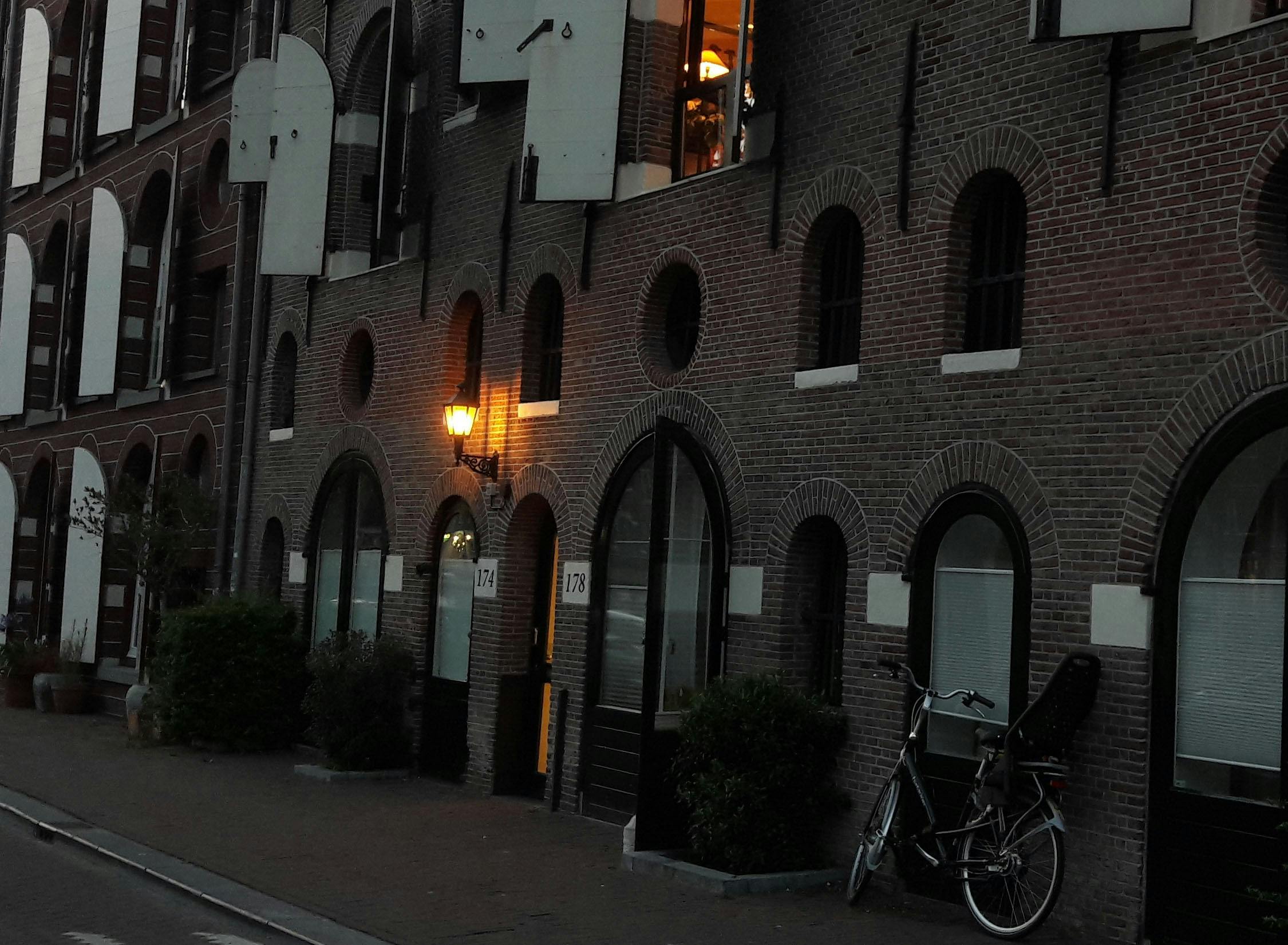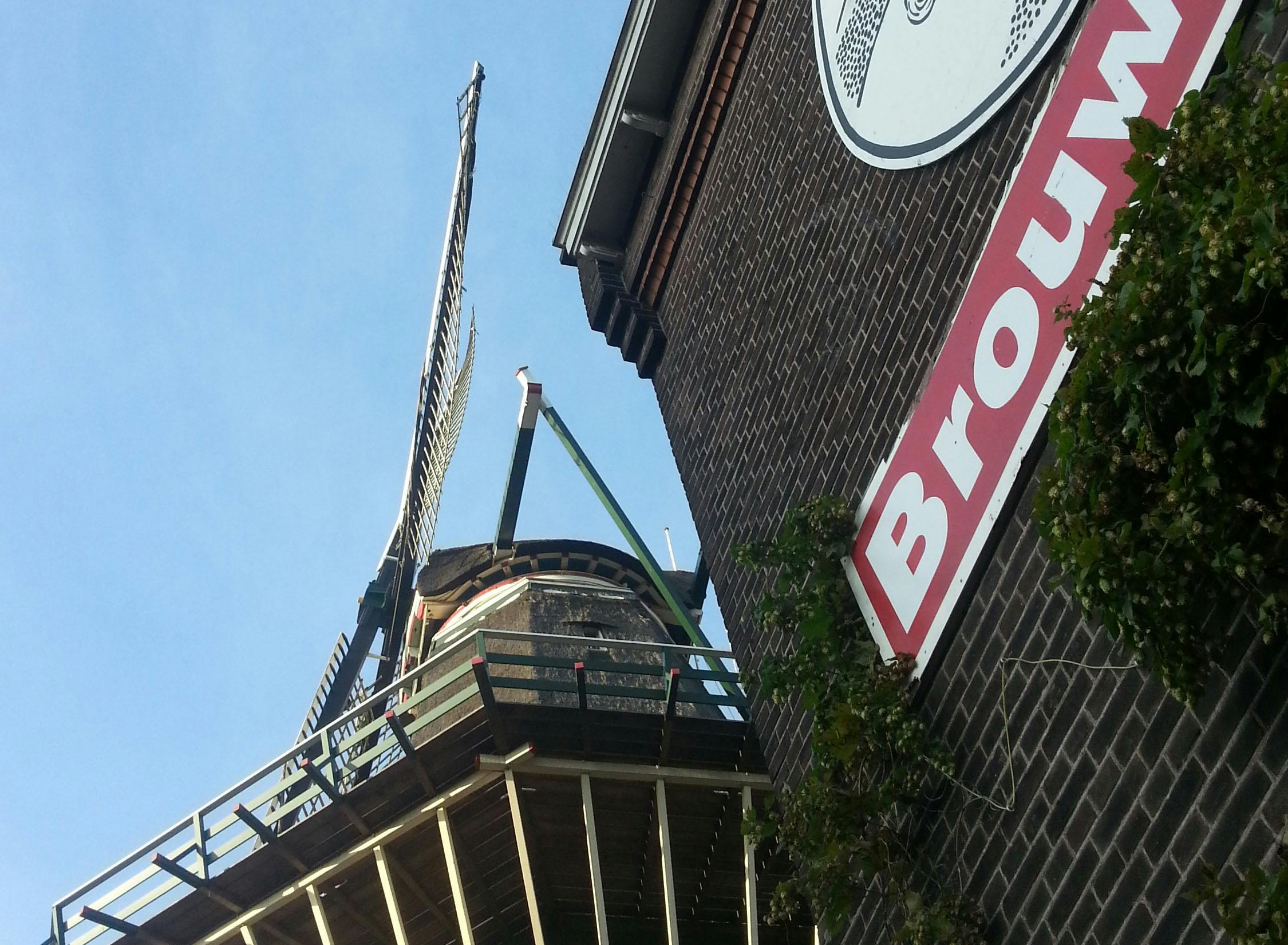Amsterdam’s beer history predates Heineken. Here’s a look at how breweries and brewing helped Amsterdam reach its Golden Age.
When most people think about Amsterdam and beer, Heineken is probably the first to come to mind. However, it wasn’t the brand that made Amsterdam famous for its brews. Far before a young Gerard Heineken decided to open his first Brewery in 1863, Amsterdam was already a beer capital.
A thousand years ago, some wise people got the idea to build a city on a breezy, soggy plot of land. It does not sound like the smartest idea humans ever had throughout the evolution of mankind, but nevertheless this swampy piece of land had a golden future ahead of it as Amsterdam. Strategically, the city had a perfect location; the Amstel river ended in the IJ, which was connected to a shallow North Sea bay called the Zuiderzee. It’s possible this advantage was why Hamburg gave Amsterdam the privilege to trade beer in 1323. From then, the development of the city went uphill, despite its flat landscape. In 1386, the Hamburg beer trade’s best year, more than 50,000 barrels were traded through Amsterdam; twenty times the city’s population. The successful beer trade opened the doors for East Sea Trade, which moved the focus of trading beer to trading products such as wood and grain. To keep the thirsty civilians satisfied, many Amsterdam locals started to brew their own beer, and as a result of the economic success, large numbers of immigrants came to Amsterdam in search of a better life. The city became so crowded that the only thing to do was expand, and the small fisherman’s village became an important trading city.

Amsterdam’s Beer Quay
As if that wasn’t enough, Amsterdam became the center of the world in the seventeenth century, which became known as the city’s Golden Age. The population soared from 60,000 to 200,000 between the seventeenth and eighteenth centuries, which resulted in the expansion of the famous canal belt: Herengracht, Keizersgracht, Prinsengracht, Jordaan and a canal exclusively for brewing beer, Brouwersgracht (Brewery Canal). If you walk over Brouwersgracht today, you will notice that nothing remains from the many breweries that were once located there; the one-time storage houses have been converted to luxury apartments. During this time, more than 18 different types of beers were brewed in Amsterdam, and variety of brews from the Golden Age incorporated cannabis, henbane, rosemary and other herbs. Perhaps they were aware of the strong hallucinogenic effects these herbs had when combined with alcohol, and perhaps many found this side effect pleasant? We know for sure that Amsterdam’s inhabitants drank so much that foreign visitors were surprised by their seemingly rowdy behavior.

The Brouwersgracht Canal in Amsterdam
Drinking beer was encouraged on many fronts. University students received the privilege of buying 1,500 liters of beer tax-free every year, and housekeepers deciphered all known types of beer and advised which were suited the young and old. Water wasn’t safe to ingest so drinking beer was a standard among the common folk while the wealthy sipped wine. So, it should come as no surprise that with the expansion of the city’s famous canal belt, the breweries needed to have enough space for all the civilians.

The old Heineken brewery
When Heineken entered the brewing scene in 1863, Amsterdam had been in decline for quite some time. Gerard Heineken not only cared about making a fortune, but also felt responsible for the city in which he brewed his beer, and he both spearheaded and invested in projects that got Amsterdam back on the map at the end of the nineteenth century: the Rijksmuseum, Concert Hall and Amstel Hotel. His grandson Alfred “Freddy” Heineken eventually used a brilliant marketing campaign to turn Heineken into one of the world’s most famous brands. Today, the beer is no longer brewed in Amsterdam, but the city still harbors the headquarters and the old brewery.
With the growing popularity of beer today, the number of Amsterdam’s small breweries keeps growing, and these hidden treasures can be found all over the city. Brouwerij ‘t IJ, located inside Amsterdam’s only remaining windmill, was one of the first. In the past, Amsterdam was filled with windmills necessary to make sure the water kept flowing through the canals. When Amsterdam lost influence on the world stage during the eighteenth century, the system designed during the Golden Age was too costly, and most of the windmills were destroyed.

Brouwerij’ t IJ
When walking around Amsterdam, you can explore all the different breweries: Oedipus, Two Chefs Brewing, Butcher’s Tears and many more. Most of these breweries have the opportunity to taste their beer on location, and like to have nice beers outside the touristic part of Amsterdam? Visit Tolbar in neighborhood “De Pijp”
Want to know more about the history and beer of Amsterdam? Book the Amsterdam guided walking tour and beer tasting with Musement.
Text: © 2017 Michiel Muyres
